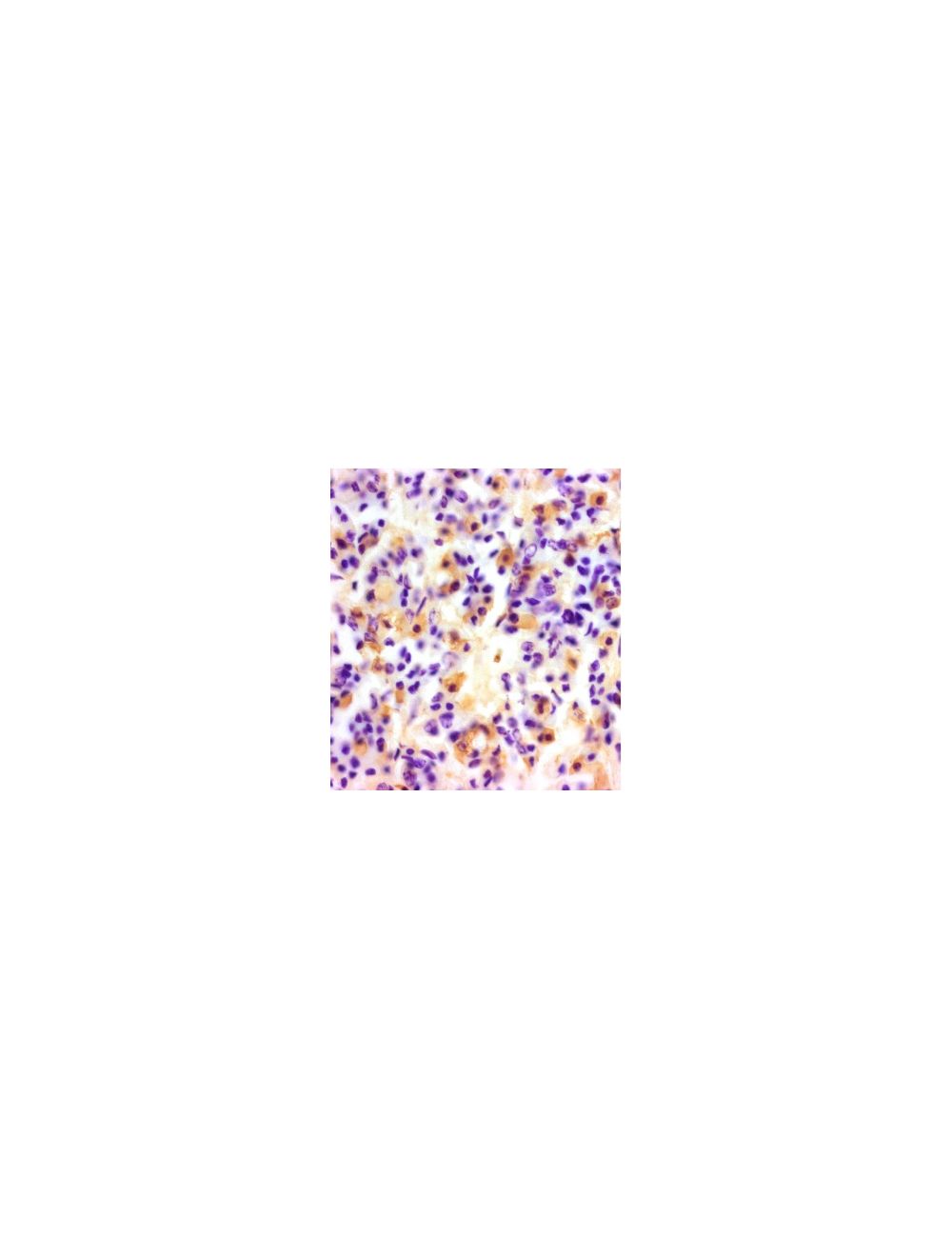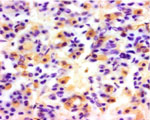Luteinizing hormone subunit beta (LH-B), Guinea pig Polyclonal Antibody
As low as
US$317.00
Only %1 left
Catalog Number
GP-036
- Product Name Luteinizing hormone subunit beta (LH-B), Guinea pig Polyclonal Antibody
-
Product Description
Guinea Pig anti-Luteinizing hormone subunit beta (LH-B) Polyclonal Antibody (Unconjugated), suitable for IHC-Frozen.
-
Alternative Names
Lutropin subunit beta [Precursor]; Luteinising hormone subunit beta; LSH-beta; LSH-B; LH-B; Lutropin beta chain; Interstitial cell-stimulating hormone
- Application(s) IHC-Frozen
- Antibody Host Guinea Pig
- Antibody Type Polyclonal
- Specificity Specificity was demonstrated by immunohistochemistry. This antibody is known to react with sheep. Other species have not yet been tested
- Species Reactivity Sheep
- Immunogen Description A synthetic peptide corresponding to the antigenic region within the ovine LH residue.
- Conjugate Unconjugated
- Purity Description Neat serum.
- Regulatory Status For research use only.
Product Info
-
Product Description
Guinea Pig anti-Luteinizing hormone subunit beta (LH-B) Polyclonal Antibody (Unconjugated), suitable for IHC-Frozen.
- Application(s) IHC-Frozen
- Application Details IHC. A concentration of 1 in 3000 is recommended for IHC. IHC performed in sheep pituitary demonstrates intense staining of cells. No staining is evident when the primary antibody is pre-absorbed with 0.5 mg/mL of LH. Biosensis recommends optimal dilutions/concentrations should be determined by the end user.
- Target Luteinizing hormone subunit beta (LH-B)
- Specificity Specificity was demonstrated by immunohistochemistry. This antibody is known to react with sheep. Other species have not yet been tested
- Target Host Species Sheep
- Species Reactivity Sheep
- Antibody Host Guinea Pig
- Antibody Type Polyclonal
- Antibody Isotype Mixed
- Conjugate Unconjugated
- Immunogen Description A synthetic peptide corresponding to the antigenic region within the ovine LH residue.
- Purity Description Neat serum.
- Format Lyophilized
- Reconstitution Instructions Spin vial briefly before opening. Reconstitute in 50 µL sterile-filtered, ultrapure water. Centrifuge to remove any insoluble material.
- Storage Instructions Store lyophilized antibody at 2-8ºC or lower. After reconstitution, divide into aliquots and store at -20°C, or lower, for optimal long term stability. It is recommended that a reconstituted aliquot is stored at 2-8°C for no longer than 2 weeks. Allocation of an appropriate anti-bacterial agent can increase shelf life by several weeks. Glycerol (1:1) can be added to neat serum for additional stability if intended use does not prevent this.
- Batch Number Please see item label.
-
Expiration Date
12 months after date of receipt (lyophilized, unopened vial).
-
Alternative Names
Lutropin subunit beta [Precursor]; Luteinising hormone subunit beta; LSH-beta; LSH-B; LH-B; Lutropin beta chain; Interstitial cell-stimulating hormone
- Uniprot Number P01231
- Uniprot Number/Name P01231 (LSHB_SHEEP)
- Scientific Background Luteinizing hormone promotes spermatogenesis and ovulation by stimulating the testes and ovaries to synthesize steroids. It exists as a heterodimer of a common alpha chain and a unique beta chain which confers biological specificity to thyrotropin, lutropin, follitropin, and gonatropin.
- Shipping Temperature 25°C (ambient)
- UNSPSC CODE 41116161
- Regulatory Status For research use only.
Specifications
- Specific References Sanchez NS, Quinn KE, Ashley AK, Ashley RL (2017). In the ovine pituitary, CXCR4 is localized in gonadotropes and somatotropes and increases with elevated serum progesterone. Domest Anim Endocrinol. In press.
- General References Clarke IJ, Tobin VA, Pompolo S, Pereira A (2005). Effects of changing Gonadotropin-releasing hormone pulse frequency and estrogen treatment on levels of estradiol receptor -alpha and induction of Fos and phosphorylated cyclic adenosine monophosphate response element binding protein in pituitary gonadotropes: studies in hypothalamo-pituitary disconnected ewes. Endocrinology 146 (3) pp. 1128-1137.

 1800 605-5127
1800 605-5127 +61 (0)8 8352 7711
+61 (0)8 8352 7711

